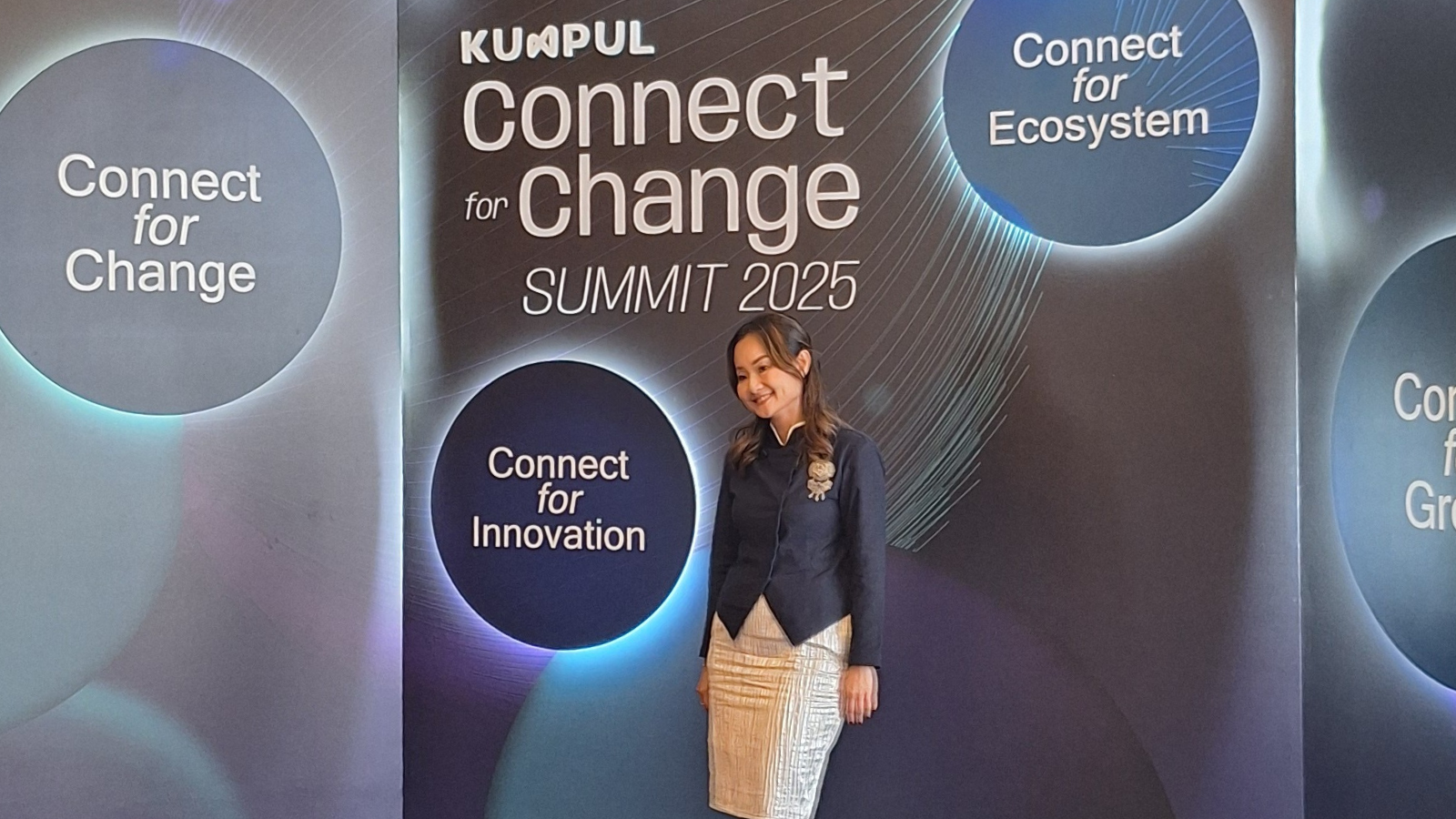The Untapped Potential Of Southeast Asia’s Missing Middle
Southeast Asia is often celebrated for its thriving startup ecosystem and fast-growing small enterprises. Yet between these two segments lies a $300 billion blind spot, the “Missing Middle.” This group, known as small and growing businesses (SGBs), sits between micro-enterprises and large corporations. They are too big for microfinance but too small or risky for traditional investors.
According to the OECD and World Bank, SGBs contribute up to 40% of employment in emerging economies, yet face a funding gap estimated at $300 billion in Southeast Asia alone. Despite their importance, systemic barriers such as fragmented regulations, digital literacy gaps, and limited access to capital continue to stifle their growth.
These businesses hold the key to local innovation and economic resilience, yet their challenges remain under-addressed. “We see incredible talent and potential across Southeast Asia, but the Missing Middle often lacks the networks and tools needed to scale,” said Faye Wongso, CEO of Kumpul, in an exclusive interview. “Our mission is to create bridges, connecting entrepreneurs with the ecosystem players that can help them grow.”
Understanding The Systemic Barriers Holding SGBs Back
The challenges faced by SGBs are structural and interconnected. The International Finance Corporation (IFC) identifies several recurring pain points:
- Limited access to finance due to lack of collateral or formal records.
- Digital literacy gaps that slow down technology adoption.
- Regulatory fragmentation, especially for cross-border expansion.
- Lack of visibility and networks, which keeps promising businesses off investors’ radars.
In Indonesia, for example, only 30% of micro, small, and medium enterprises (MSMEs) have access to formal credit, according to Bank Indonesia. In Vietnam, less than 25% of SMEs report being digitally ready for e-commerce, based on data from Google and Bain’s e-Conomy SEA 2024 report. These numbers highlight a structural gap that limits growth, not just for individual businesses but for the regional economy.
“The Missing Middle is not a lack of talent, it’s a lack of systemic support,” Wongso emphasized. “They need more than capital. They need mentorship, policy alignment, and a collaborative ecosystem that empowers them to scale sustainably.”
C4C Summit 2025 – Building Bridges For Change
This is where the Connect for Change (C4C) Summit 2025 steps in. Organized by Kumpul, the event aims to bridge the gap by connecting governments, corporates, investors, startups, and communities. More than a conference, the summit serves as a platform for co-creation, a place where policy meets innovation and capital meets opportunity.
Scheduled to take place in Bali in 2025, the summit will spotlight real-world collaboration models across innovation, sustainability, and inclusive entrepreneurship. It provides opportunities for strategic partners to amplify their thought leadership and contribute to building a more inclusive business ecosystem across Southeast Asia.
“The Summit is designed to drive actionable partnerships,” Wongso said. “We want to move beyond discussions, toward pilots, policy shifts, and scalable programs that empower the Missing Middle.”
In 2024, C4C’s pilot initiatives helped match local startups and SGBs with investors through curated networking programs and knowledge-sharing sessions. The 2025 edition aims to expand this success across regional markets, emphasizing digital transformation and cross-border market access.
Why Bridging The Missing Middle Matters
The economic and social stakes are high. According to ASEAN Secretariat data, MSMEs make up 97% of businesses and 85% of employment in the region, but contribute only 44% of GDP. Closing that productivity gap could add hundreds of billions of dollars to Southeast Asia’s economy.
Furthermore, the Asian Development Bank (ADB) projects that inclusive growth through better access to finance could lift millions out of poverty while boosting innovation-led employment. Addressing the Missing Middle therefore isn’t just an economic agenda, it’s a regional development imperative.
By fostering collaboration between public and private sectors, C4C aims to turn policy conversations into concrete pathways for growth. “We see the Missing Middle as the heartbeat of Southeast Asia’s innovation economy,” Wongso explained. “If we empower them, we empower the region.”
The Path Forward – From Dialogue To Action
Bridging the Missing Middle requires a shift from fragmented efforts to ecosystem thinking. Governments must harmonize SME regulations, financial institutions must innovate around risk assessment, and corporates must open value chains to smaller suppliers.
The C4C Summit 2025 acts as a catalyst for this transformation, offering frameworks for cross-sector collaboration. From impact investing workshops to digital transformation labs, the event will feature programs that drive practical outcomes for participants.
“We’re not just hosting an event, we’re building a movement,” said Wongso. “It’s about connecting purpose-driven stakeholders who believe Southeast Asia’s growth must be inclusive.”
As the region enters a new phase of economic integration and digital transformation, bridging the Missing Middle is no longer optional, it’s essential. With initiatives like the C4C Summit, Southeast Asia stands on the verge of unlocking its $300 billion opportunity by empowering the businesses that form its backbone.
Read More






 Sunday, 07-12-25
Sunday, 07-12-25







